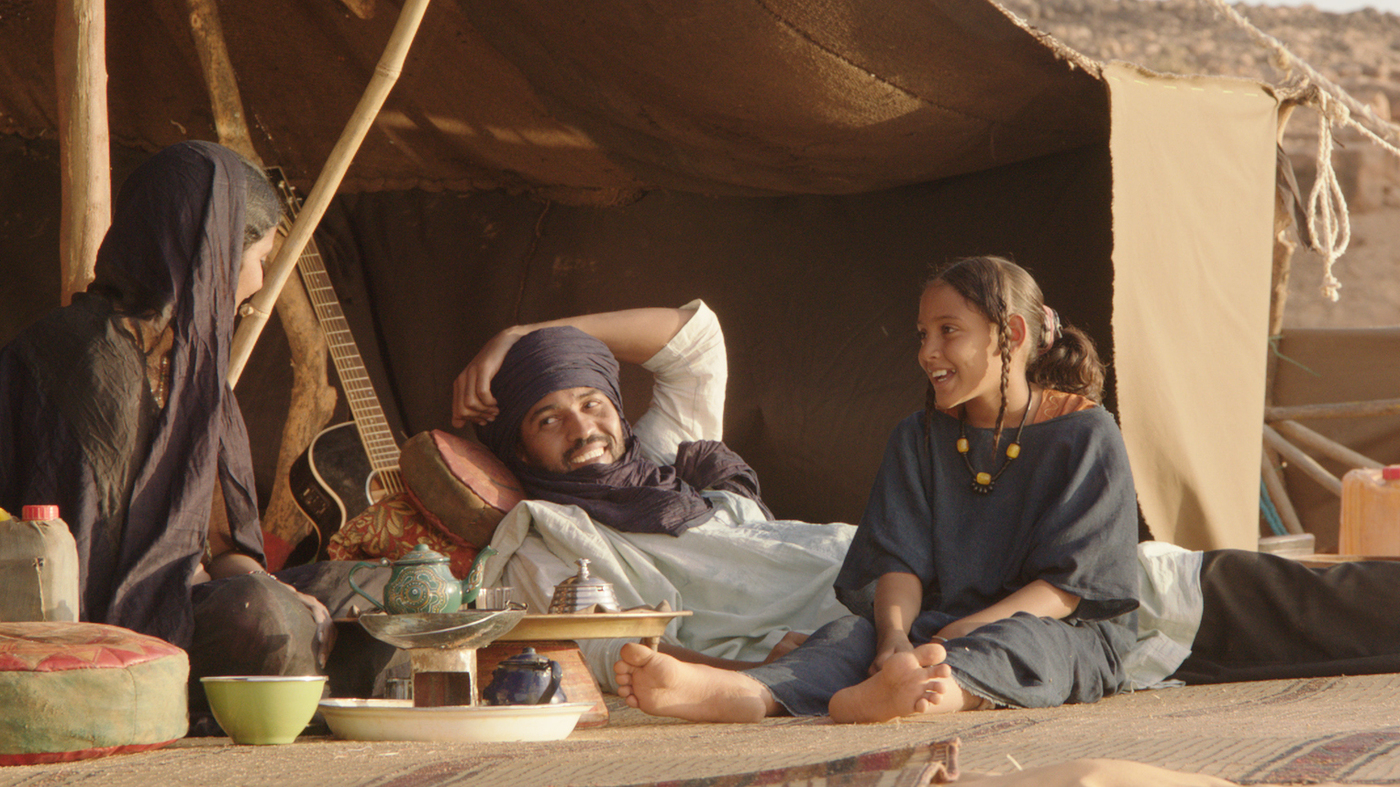
MPAA Rating: PG-13 | Rating: ★★★½
Release year: 2014
Genre: Drama, Foreign Director: Sissako
Fundamentalism in any form—religious, political, social—is inevitably harmful to the life and freedom of a community. This is the overt lesson I drew from this Cannes award-winning and Oscar-nominated film about the occupation of the titular city by Muslim jihadists. Cinematic and lush in its visual style, Timbuktu is thrilling, thoughtful, and surprisingly funny in its evisceration of fundamentalist Islam.
The basic narrative centers on a herder, Kidane, and his family—his wife Satima, and their 12-year-old daughter Toya. They live on the outskirts of Timbuktu in a shelter of tents and rugs, living the nomadic life in the desert sands where their cattle roam. The primary conflict of the film happens when a fisherman kills one of Kidane’s cows, prompting a violent confrontation that leave both men’s lives in mortal danger. The story is simple and slow, and the film is less interested in moving the plot along as it is in seeing the effects of jihad on this small community. The townspeople are also Muslims; they’re only moderate in their beliefs and practices, nowhere near as strict or legalistic as the jihadists who hold them captive. The film is scattered with scenes showing the town’s individuals responding to the invaders, often with a beautiful and powerful visual style.
These visuals are the essence of Timbuktu, and I wrote down scattered moments in my journal: a dead cow’s lifeless body, a pickup truck running circles in the desert sands, a soccer game played with an imaginary ball, a dancing jihadist. The two images that stand out the most are simply remarkable. First, there is an overhead shot of a brightly dressed woman carrying a rooster, a long black shawl draping behind her like a superhero’s cape as she spreads her arms wide, like a cross. She stands defiant in a narrow alleyway directly in front of a truckload of jihadists, who point their weapons at her with looks of apprehension on their veiled faces. It draws to mind the iconic Tiananmen Square, the student brazenly standing on front of the incoming tanks.
The second image is a wide landscape shot of the river after Kidane and the fisherman have had their altercation. The camera, still and silent, watches from afar as Kidane trudges across the river, the rift between the two men ever widening in the glow of the desert sun. The picture is haunting, and the camera does not look away, forcing the viewer to contemplate the fate of these two men in such a violent and unjust environment.
Timbuktu meanders through these images with a sense of deliberation, almost like a collage of vignettes about life in this occupied village. Notably, the various characters speak at least 5 different languages, and switching from French to Arabic to English is not uncommon. The misunderstandings that come from the layers of language and translation accompany these powerful images as a treatise uncovering the flaws of fundamentalism. Hypocrisy, legalism, injustice, and misunderstanding all thrive under fundamentalist’s rule, regardless of their supposed holy intentions. But Timbuktu doesn’t just let the jihadists off the hook; it also reveals the painful consequences when we choose our own individual paths and freedoms, when our might makes right and we practice an ethic of “an eye for an eye.” An ultimately tragic tale, Timbuktu elicits empathy from its Western viewers as we recognize ourselves in both the oppressors and the oppressed. As one wise Muslim leader puts it, “I am fighting a jihad in myself.” Fundamentalists, liberals, moderates—we are all in need of salvation from ourselves.
IMDB Listing: http://www.imdb.com/title/tt3409392/